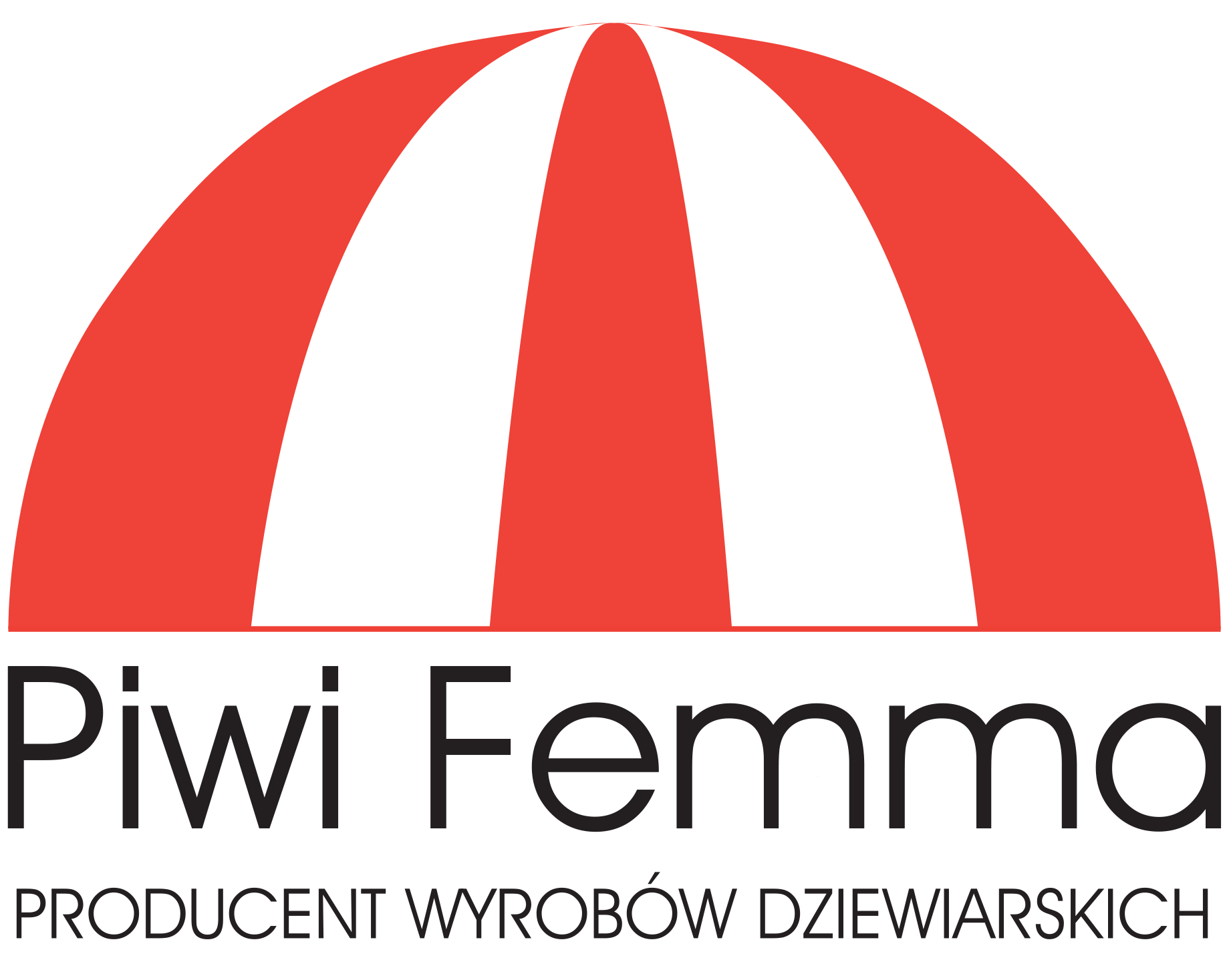Client Profile
A clothing brand specializes in merino wool apparel. Their product range includes various items such as sweaters, hoodies, hats, scarves, t-shirts, and socks. The common element among all products is the material—merino wool.

Challenges in production for the Fall-Winter 2022/23 Season
At the end of February 2022, the client contacted us to plan their fall-winter collection. The immediate cause for the discussions was dissatisfaction with the previous supplier, who had failed to deliver the ordered products on time. Deliveries were very irregular, and the supplier gave various reasons for the delays, including a lack of production capacity and delays in raw material deliveries. By February 2022, the client had not received part of the products ordered for the 2021 fall-winter season.
Our task was to plan deliveries for the next fall-winter 2022/23 season to ensure the client would receive the entire collection within the agreed deadlines.
What actions did we take?
Diagnosis of Failure Causes
In the first phase of our collaboration, we asked the client for a detailed description of their previous experiences with the supplier. It turned out that the order included a dozen different clothing models. Each model came in several colors, and some had striped patterns. These were both men’s, women’s, and children’s models, each available in multiple sizes. It was a complex order. The client had been designing and ordering models at different times (from April to September), expecting deliveries from August to November. We understood that the key missing element in the previous collaboration was proper planning.
What did we plan?
We started by outlining the stages of the order fulfillment process and estimating their completion timelines. We proposed the following steps:
- Collection Design (6 weeks): The client determined the color scheme, quantities, and delivery dates.
- Ordering Raw Materials for Prototypes (3 weeks).
- Producing Prototypes: We then delivered them for client evaluation (6 weeks).
- Implementing Corrections: We made corrections to the prototypes and resubmitted them for approval (3 weeks).
- Ordering Raw Materials for Production (5 weeks).
- Production and Delivery to the Client.
After a preliminary analysis, we found that, despite the apparent amount of time, we had only 23 weeks to plan all activities. This meant production could only start at a critical moment. Moreover, further challenges were inevitable. During planning, we identified several potential risks, such as:
- Extended lead times for raw materials in colors not available in the supplier’s color chart, which the client INSISTED on having in the collection.
- A holiday break in the spinning mills, as Italian suppliers typically close in August.
- Lack of any buffer for unforeseen delays (e.g., raw material transport delays, machine breakdowns, or illness of a technician).
What actions did we implement?
We asked the client to provide tech packs with models, colors, and quantities as soon as possible. The condition was that all models had to be submitted simultaneously so that we could develop the entire collection. Adding more models after starting work would ruin the whole plan.
We secured our production capacity, ensuring that our technicians would be ready to produce prototypes on time.
Meanwhile, we suggested two raw material suppliers to the client, asking them to pre-select the colors.
Based on the guidelines, we ordered the raw materials needed for the prototypes.
When the client provided the tech packs, we had already secured the raw materials and our technicians’ time, allowing us to quickly start prototype production.
We stayed in constant contact with the client, showing prototypes for approval and adjustments as needed. These efforts allowed us to shorten the timeline for the first four stages of the schedule from 18 to 13 weeks! By mid-June, we were ready to order the raw materials!
How did we successfully execute production and delivery?
We ordered the raw materials and focused on monitoring whether they would leave the Italian spinning mills on time. Monitoring is crucial, as in another order, the Italian supplier produced the raw material on time but forgot to ship it before closing the factory for vacation. By the time we noticed, it was too late—the factory was closed for a four-week holiday, and the staff was already sunbathing on the beach. Fortunately, in this case, everything went according to plan, and we received the raw materials for production on time.
Having known the order parameters for several weeks (quantities per model, the time needed for production at each stage), we were able to secure our production capacity to ensure that orders for each model were fulfilled according to the deadlines agreed upon with the client.
We scheduled the deadlines with enough time left for safety buffers. We always try to include these buffers (a few to several days of extra time) in the schedule in case something unexpected happens.
We then proceeded with the production of individual models and fulfilled deliveries within the agreed timelines. At this stage, we already knew the entire order would be a success since everything was under our control, and we still had safety buffers.
Did we succeed? Our result:
The client received the complex order consisting of several models on time and was able to focus on sales activities.

What Contributed to Success?
The success of this collaboration can be attributed to several key elements:
- Early Client Contact: It may seem like six months before the first delivery is a lot of time, but as we can see from this case, it’s not too early. We can say it’s never too early for such a contact. If you don’t know how much time your production will take, reach out to us and ask. It costs nothing and can save you a lot of money and disappointment.
- Optimized Action Plan: A well-prepared plan of cooperation with the client is key to success. We are convinced that the previous supplier of our client may have been a good, experienced manufacturer. Unfortunately, what was missing in that cooperation was the initial planning phase.
- Monitoring Actions: Regular contact with the client at every stage of the project allowed for quick reactions to any deviations from the plan.
Thanks to proper management, flexibility, and collaboration, we successfully fulfilled the order, confirming that well-planned actions in challenging situations lead to success and long-term business relationships. If you need help planning your schedule, feel free to contact us!
Want to know more about how we collaborate?

